An Honest Conversation
Transparently Combining Machine and Human Speech Assistance in Public Spaces
April 28th 2020, CHI 2020, Honolulu, Hawaii
Overview
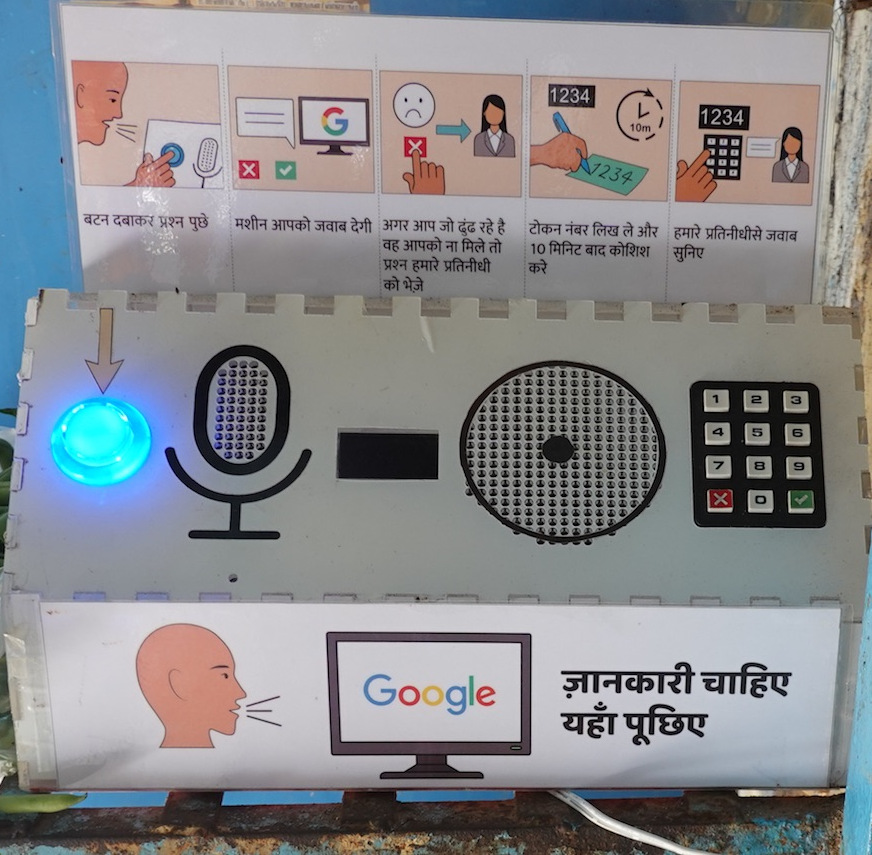
- Introduce the TalkBack system and its previous iterations.
- Discuss results from longitudinal deployments of TalkBack.
- Contextualize results and surface wider implications for HCI/AI
Background & Context
Dharavi
- is one of Asia’s largest slums (~700,000 residents)
- is one of the most densely populated areas in the world
- has a large informal economy
- is linguistically diverse (Hindi, Marathi, Urdu, & English).
- residents have varying levels of textual & technological literacies

Phase One: Exploratory Design
In Dharavi we conducted design workshops to imagine and experiment with designs for future technologies.
We rapidly prototyped resulting ideas for a public smart speaker and tested it in Dharavi using a wizard of oz approach.
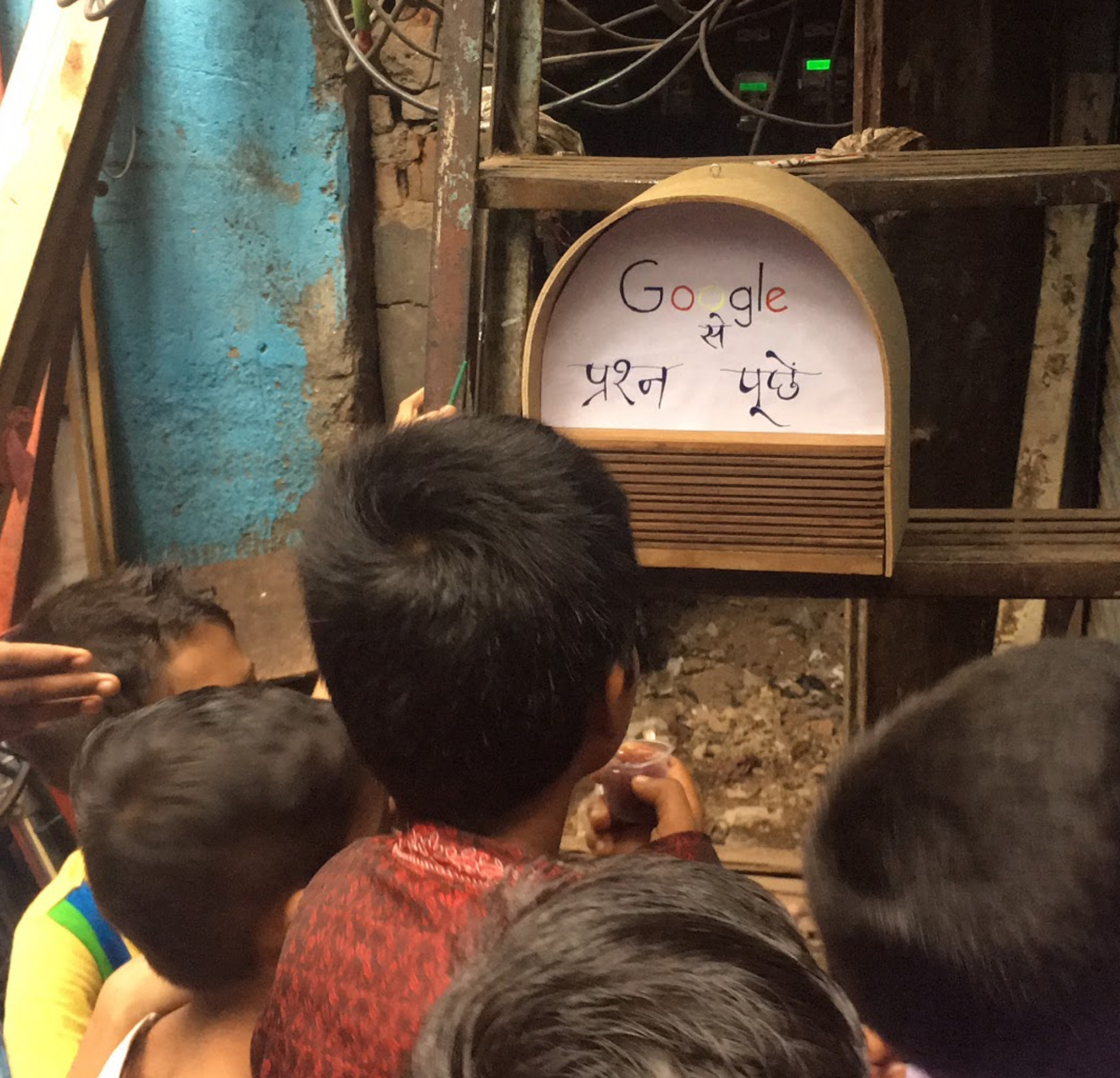
Phase Two: StreetWise Deployment

Machine-Powered with instant responses (MPI)
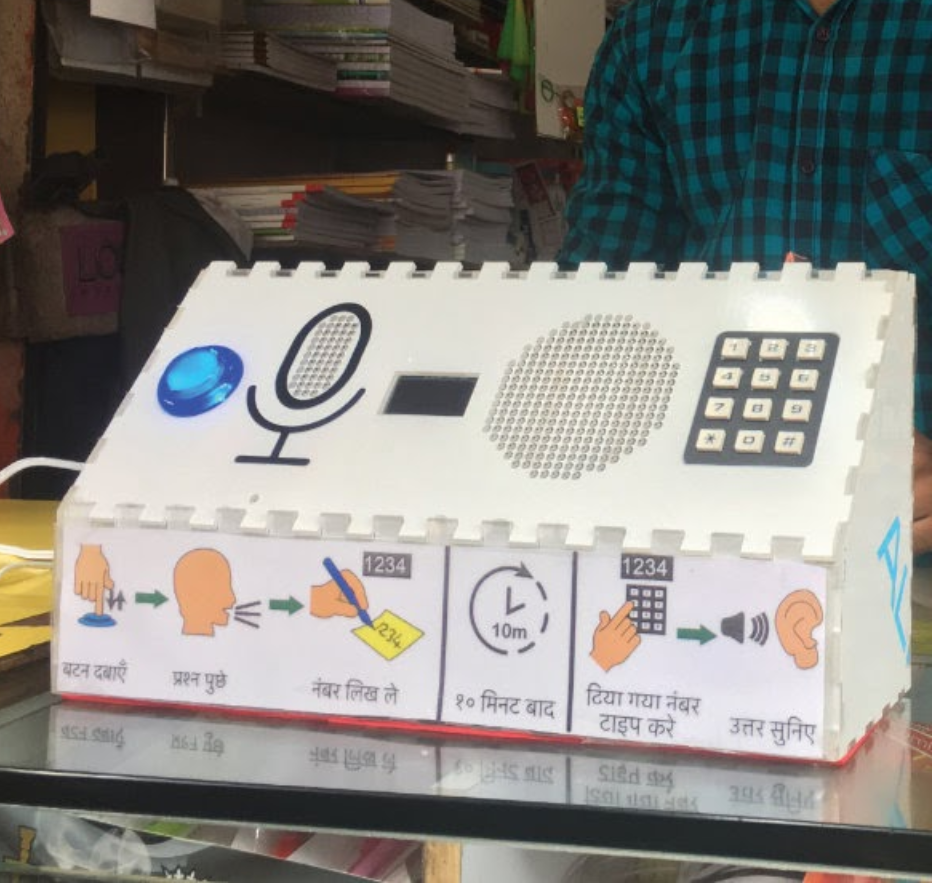
Human-Powered with delayed responses (HPD)
Phase Two: StreetWise High-level Findings
- People were willing to experiment with speech interaction.
- They asked over 12,000 questions during a 40-day longitudinal deployment.
- People generally appreciated the speed of MPI systems.
- People were often not satisfied with the quality of MPI answers.
- People generally appreciated the quality of HPD answers.
- People were often not satisfied with the speed of the HPD system.
The TalkBack prototype
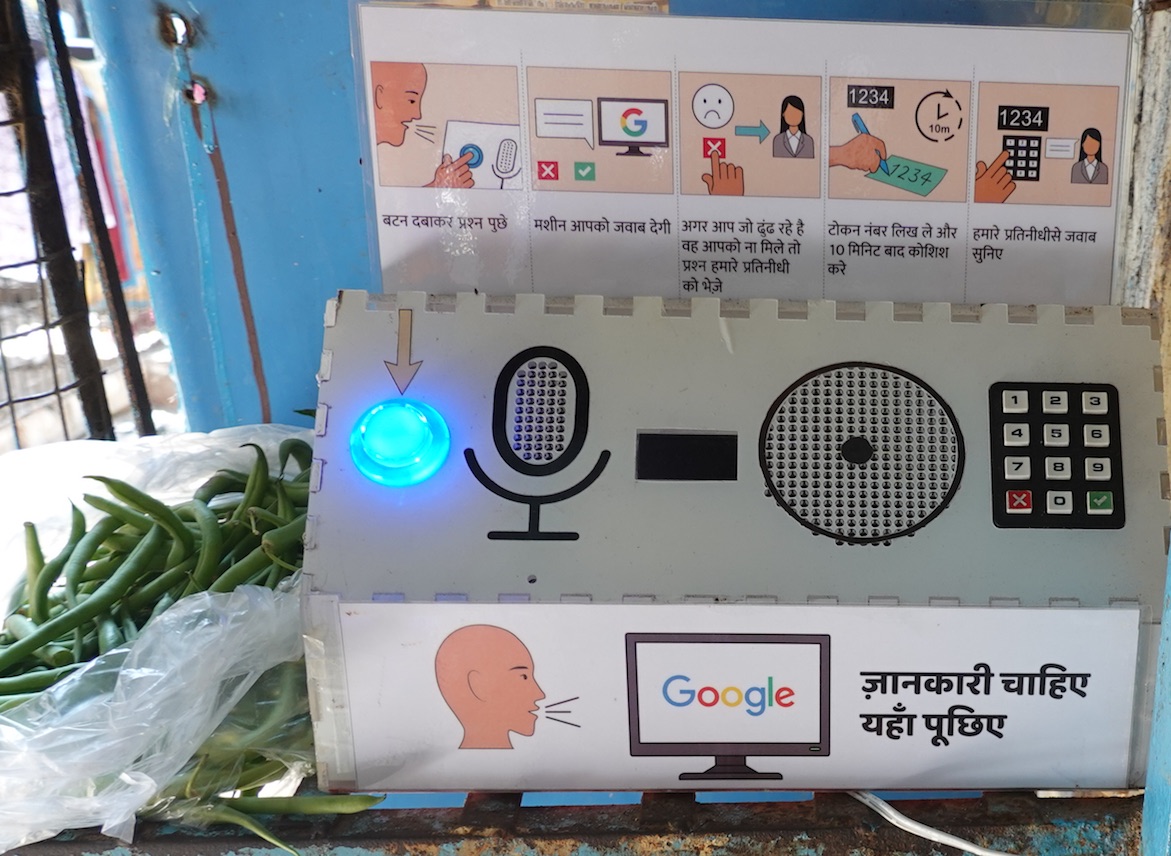
We combined both MPI & HPD systems into the TalkBack prototype by adapting the StreetWise open-source toolkit.
Deployment & Results
TalkBack Deployment
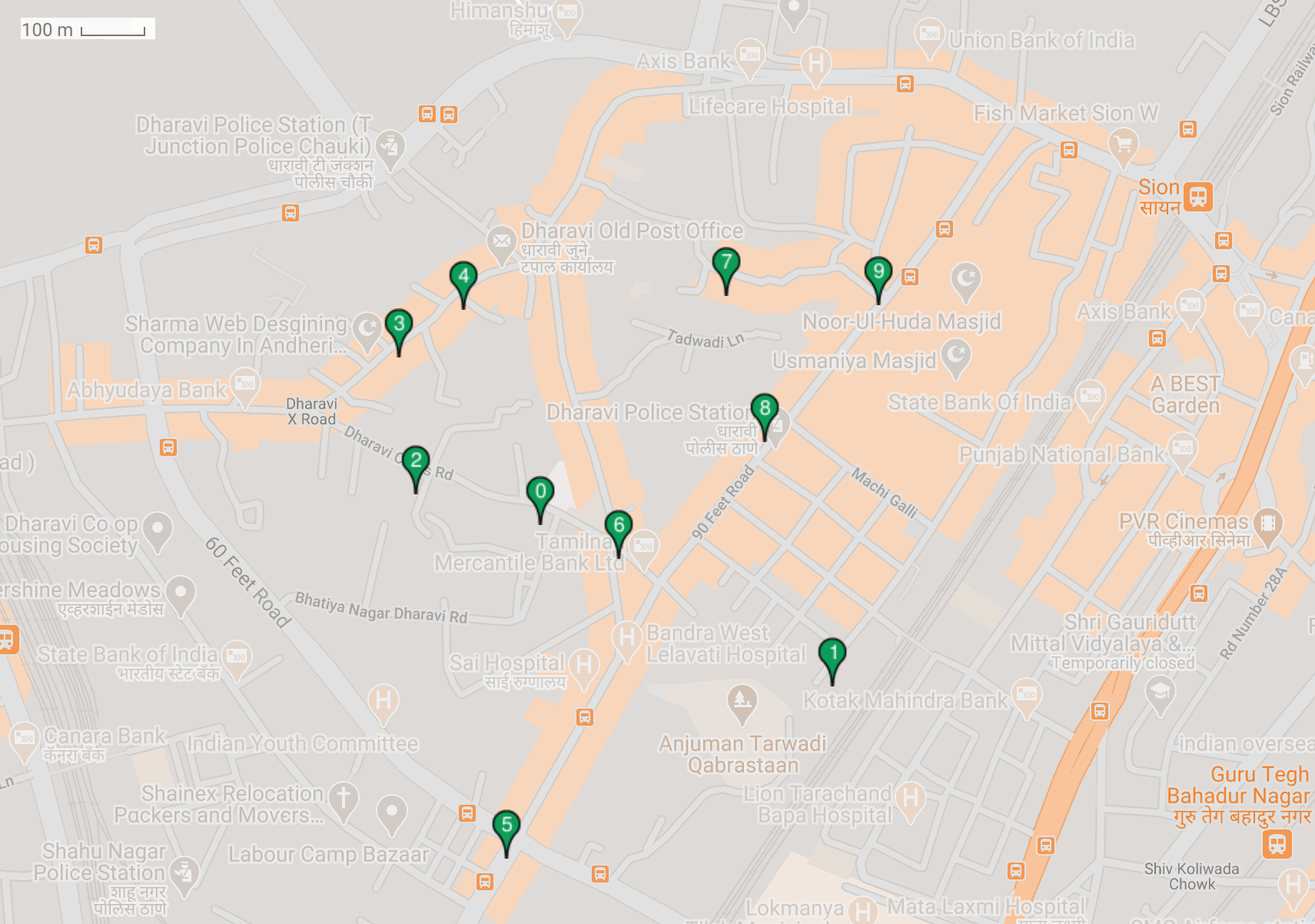
We deployed the TalkBack system:
- for 25 days and
- across 10 shops in Dharavi.
TalkBack Deployment


Interaction Flow & Results


People asked 4018 questions




Results (continued)


Results (continued)


Results (continued)


Question & Answer Examples
- Q: Who is playing today?
- A: Today is IPL of Rajasthan Royals and Chennai Super Kings?
- Q: What is the exit poll?
- Q: When is the election?
- Q: Who is the corporator of ward number 184?
- Q: Documents required for PAN card?
Shopkeepers & Answerers
- Some shopkeepers occasionally helped through intermediation.
- Answerers noted it could be difficult – especially for a computer – to understand the dialect of Dharavi and the way residents phrased questions.
- Answerers reported that it could be tiring to answer repetitive questions;
- they even suggested automation.
- Answerers were motivated by, and found value in, directly helping residents of Dharavi.
Wider Implications for HCI/AI Research
71% Discussion
Users requested a human response to their questions in 71% of cases, if they were not satisfied with the automatic machine answer.
Bloomberg
BBC
Lau
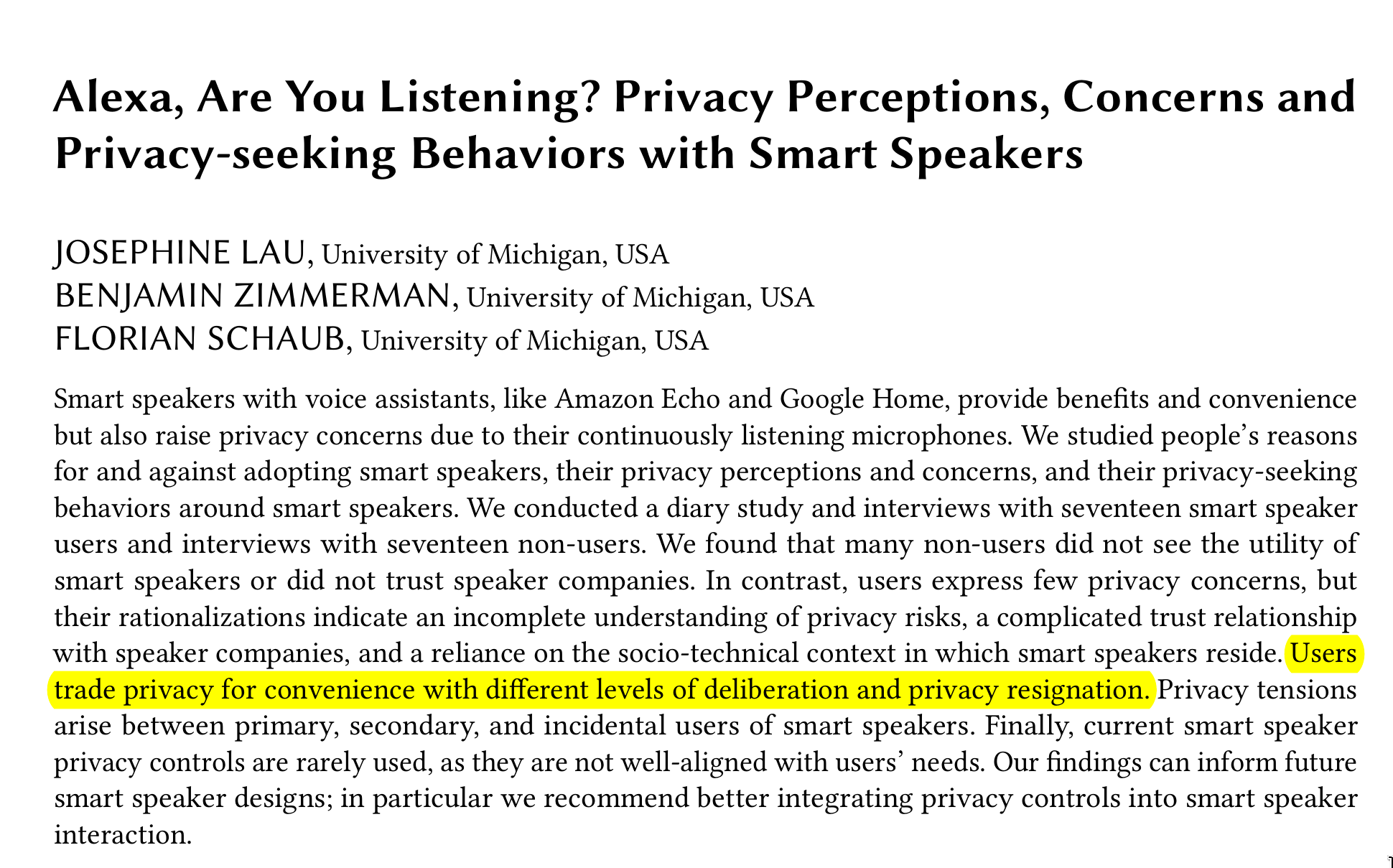
Ghost Work

- It takes human intelligence to push the boundary of what machines can learn
- Relegating people to the shadows reinforces the myth that machines (alone) are smarter than they actually are.
- People working in the growing shadow of AI face harsh realities.
We would all be better served if we knew how AI supply chains actually functioned.
Combining Human & Machine Intelligence
Through TalkBack we combine human & machine intelligence in a way that mirrors core aspects of AI services that that rely on humans-in-the-loop.
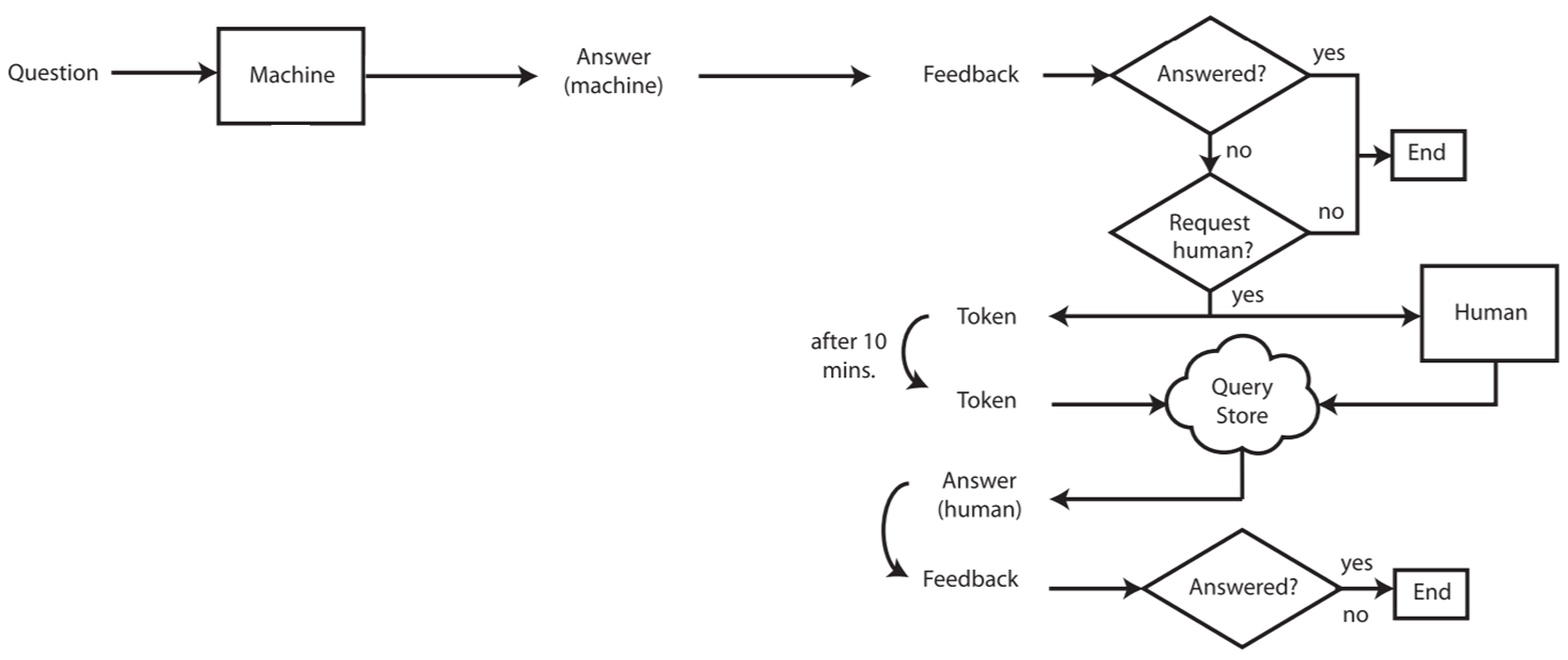
- When AI systems fall short, humans pick-up the work.
- With TalkBack this handover is done transparently and at the point of interaction.
Transparency
Everyday definition of transparent:
allowing light to pass through so that objects behind can be distinctly seen.
Redefinition for AI & Computer Scientists:
functioning without the user being aware of its presence.
For users of AI-infused systems?
Conclusions
- We need to have more honest conversations with users.
- AI needs humans to fill in the gaps.
- Users awareness and control for enlisting human help are important design considerations for AI services.
We thank Manik, Aparna, Shashank, Manjiri and Nayeem for their help with the deployments; shopkeepers and question answerers; as well as reviewers for their thoughtful comments. This work was supported by EPSRC grants EP/M00421X/1, EP/M022722/1 and EP/R511614/1.